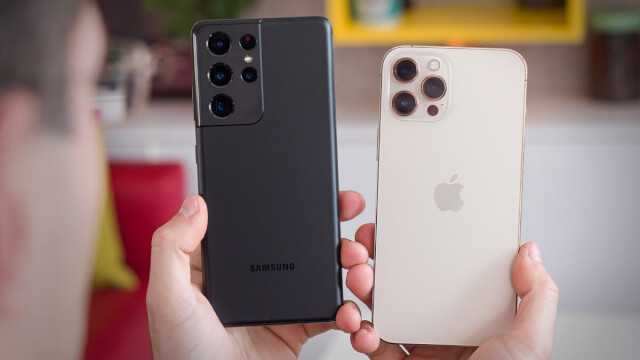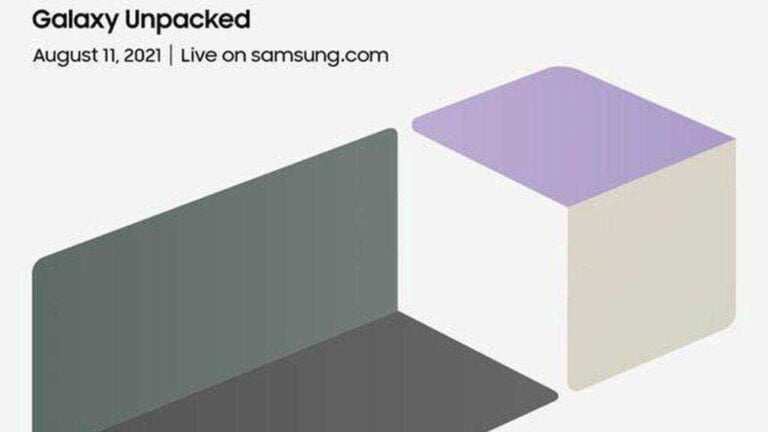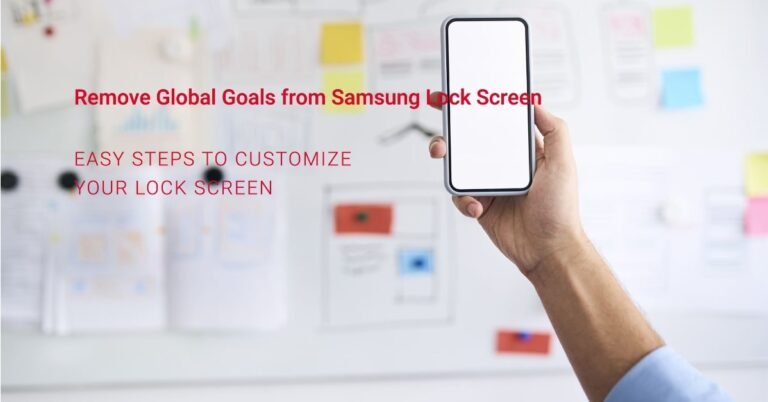Patent Application and Debut of Samsung’s Flexible Smartphone
In mid-2017, we can expect Samsung Electronics Co. to release the first foldable smartphone models in the market. In the course of recent months, the organization has been picking up buzz for their adaptable electronic gadget idea. And just as of late, a duplicate surfaced on the web of their application for a patent documented on the twentieth of April this year with the Korean Intellectual Property Office. The organization also petitioned for a Utility patent with the United States Patent and Trademark Office last November. The application with distribution number US 2016-0187994 A1 is presently pending endorsement.
The gadget uses natural LED innovation for its adaptable display. While the use of OLED is just the same old thing new with Samsung, having used it in all their flagship devices, the newest model is set to be the first economically accessible bendable smartphone.
Prior to the release of this idea, Samsung propelled its Galaxy Note 7. People in general for the most part got it in a positive light until units started bursting into flames and soon detonated when they were charged. Lawsuits took after when unit after unit started exploding. At that point, an inescapable and exceedingly harming PR episode happened, and Samsung needed to experience a review process with a staggering estimated cost of two billion dollars. Samsung then had no real option except to discontinue the sale of Galaxy Note 7, losing around 5 billion dollars in advance plus an assessed 95 percent of the year’s working benefit.
And so, with the current setbacks Samsung confronted, the coordination of OLED tech with a design that allows users to create their phones may very well give Samsung the edge they have to boost their sales, reacquire what they lost, and revamp their corporate notoriety.
How the adaptable electronic gadget works
As presented in the patent application, the model will have an 8-inch screen when spread out and when used as a handset, will diminish into a 5-inch display. For the two screens to work in a single telephone, the protected images showed a pivot specifically designed to keep the smartphone upright and help keep it impeccably fit in one’s pocket when collapsed.
Albeit different details stay undisclosed as of recently, individuals know that many parts of a standard, the unbendable smartphone should work in an unexpected way. Aside from concocting a useful and adaptable display, the minds behind this creative device should think about an approach to installing a battery that remains in place without overheating as well as function admirably whether the gadget is collapsed or not.
In comparison with Microsoft Surface Book
The telephone’s axis is similar to the adaptable pivot of Microsoft’s Surface Book, something which the organization protected last year. Samsung’s pivot is also similar to Microsoft’s multi-turn armadillo pivot that has a pending patent application with the USPTO, distribution number US 2016-0132075 A1. And while Samsung also recorded a patent request for their adaptable gadget idea, and with Microsoft’s application having the last dismissal status, it is still very right on time to tell if there will be possible encroachment cases once the products hit the market of both countries where the inventions can be sold.
Notwithstanding, buyers of the first gen Microsoft Surface Book noticed that dust tends to settle on the internal sides of the pivot. Then again, images of Samsung’s adaptable gadget shows the pivot has an alternate course of action where each crease curves in a way that fits the following. The patent use of Samsung also suggests that the pivot, dissimilar to Microsoft’s, can work in a way that allows the gadget to be collapsed and unfurled semi-consequently.
Extend Valley
It was in 2015 that Samsung reported it was chipping away at a foldable display, naming the research then as Project Valley. Individuals anticipate that the model will be released under the name Galaxy X. Be that as it may, this model is not the first item under Samsung’s work on adaptable screens. Cosmic system Note Edge and its bent screen gave us the first glimpse of this tech in 2014. Soon in the wake of, being the largest supplier of OLED panels used in versatile products, Samsung kept on creating spearheading formats of displays for smartphones. Samsung is depending on the OLED tech to produce expensive orders that could take them back to the bleeding edges after the staggering review of phones.
And now with the adaptable OLED innovation, smartphones can be designed more slender yet ready to display brighter images and videos without rapidly depleting the battery, not at all like phones with LCD screens. Tech analysts and enthusiasts are eager to see these elements in Samsung’s Project Valley one year from now.






